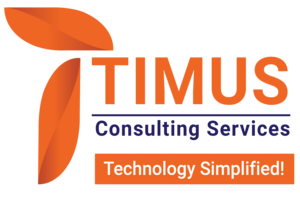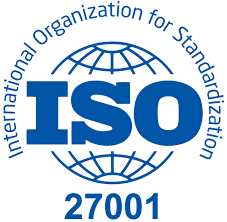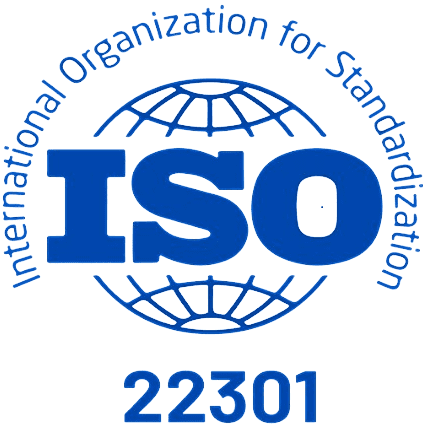Introduction
In today’s rapidly evolving regulatory and business landscape, companies must be vigilant in ensuring compliance, managing risks, and maintaining operational efficiency. Internal audit management is a critical function for achieving these goals. By providing independent assessments of an organization’s governance, risk management, and control processes, internal audits help companies navigate complexity and foster continuous improvement. This blog explores the core elements, best practices, and benefits of effective internal audit management.
1. What is Internal Audit Management?
Internal audit management involves planning, executing, and reporting on internal audits to assess and improve the effectiveness of risk management, controls, and governance processes within an organization. Unlike external audits that focus on financial reporting for stakeholders, internal audits provide insights for internal management to identify gaps, risks, and opportunities for improvement.
2. Key Elements of Internal Audit Management
Effective internal audit management requires a structured approach that incorporates the following elements:
Risk Assessment:
Identify and prioritize risks that could hinder the achievement of organizational objectives. This includes analyzing financial, operational, strategic, and compliance risks.
Audit Planning:
Based on the risk assessment, a clear audit plan is created, outlining objectives, scope, resources, and timelines for each audit activity. The plan is typically approved by the audit committee and aligns with organizational goals.
Execution and Testing:
Conduct the audit by gathering evidence, interviewing stakeholders, and assessing controls. Testing procedures are performed to verify the design and operating effectiveness of the control processes.
Reporting and Communication:
After completing the audit, findings are communicated to relevant stakeholders. Reports outline risks, areas of non-compliance, and recommendations for corrective actions.
Follow-up and Monitoring:
Ensure that recommendations are implemented and continue to function as intended. Monitoring verifies that corrective actions effectively address identified issues and prevent future risks.
3. Benefits of an Effective Internal Audit Program
Organizations that invest in robust internal audit management can experience numerous benefits:
Enhanced Risk Management:
Identifying and assessing risks on an ongoing basis helps organizations prepare for and mitigate potential impacts, improving resilience and reducing the likelihood of adverse events.
Strengthened Governance:
Internal audits provide objective insights into governance practices, allowing leaders to maintain high standards of accountability, transparency, and ethical conduct.
Operational Efficiency and Cost Savings:
Audits identify inefficiencies and redundancies, helping organizations streamline processes, reduce waste, and ultimately lower costs.
Improved Compliance and Reduced Legal Risk:
Effective audits can detect regulatory and policy violations early, ensuring compliance and minimizing the risk of penalties, fines, and reputational damage.
Data-Driven Decision Making:
Internal audits offer valuable data and metrics, empowering management to make informed decisions and allocate resources effectively.
4. Best Practices for Internal Audit Management
To maximize the effectiveness of internal audits, organizations can implement these best practices:
Utilize Advanced Audit Management Tools:
Using modern tools and platforms for audit management, such as Optimus GRC or IBM OpenPages, enables efficient data gathering, real-time reporting, and streamlined collaboration.
Emphasize Continuous Improvement:
Rather than treating audits as isolated events, incorporate continuous auditing and real-time risk monitoring. This approach fosters a culture of ongoing improvement and agility.
Maintain Independence and Objectivity:
Internal audit teams should have the authority and freedom to assess processes without interference. Independence ensures impartial findings and strengthens the credibility of audit reports.
Develop Clear Audit Standards:
Adopt standards such as those provided by the Institute of Internal Auditors (IIA) to guide internal audit processes and set expectations for quality and consistency.
Leverage Data Analytics and Automation:
Leveraging data analytics can uncover hidden patterns and provide more in-depth insights. Automation of repetitive tasks, like data collection and reporting, frees up resources for more complex analyses.
Regularly Review and Update Audit Plans:
Risk landscapes change, so audit plans should be dynamic. Regularly revisiting and adjusting plans ensures relevance and alignment with organizational priorities.
5. Future Trends in Internal Audit Management
As businesses become increasingly digital, internal audit functions must evolve to address new challenges. Here are some key trends shaping the future of internal audit management:
Increased Use of Artificial Intelligence (AI):
AI can help identify trends and anomalies in data, improving risk detection and enabling predictive analytics for a proactive audit approach.
Cybersecurity Audits:
With the rising threat of cyberattacks, internal audits are now focusing more on assessing cybersecurity risks and resilience.
Integrated Risk Management (IRM):
By connecting internal audit functions with risk management and compliance efforts, organizations can foster a unified approach to managing risks and aligning them with strategic goals.
Remote Auditing Capabilities:
As hybrid and remote work environments become the norm, internal audit teams are adopting remote auditing tools to conduct assessments effectively, regardless of location.
Conclusion
Internal audit management is essential to a resilient, well-governed organization. By systematically assessing risks, monitoring compliance, and promoting efficiency, internal audits enable organizations to navigate uncertainties and continuously enhance their performance. Adopting best practices and staying attuned to emerging trends will ensure that internal audit functions remain relevant, valuable, and impactful in today’s complex business landscape.
About us
We are Timus Consulting Services, a fast-growing, premium Governance, Risk, and compliance (GRC) consulting firm, with a specialization in the GRC implementation, customization, and support.
Our team has consolidated experience of more than 15 years working with financial majors across the globe. Our team is comprised of experienced GRC and technology professionals that have an average of 10 years of experience. Our services include:
- GRC implementation, enhancement, customization, Development / Delivery
- GRC Training
- GRC maintenance, and Support
- GRC staff augmentation
Our team
Our team (consultants in their previous roles) have worked on some of the major OpenPages projects for fortune 500 clients across the globe. Over the past year, we have experienced rapid growth and as of now we have a team of 15+ experienced and fully certified OpenPages consultants, OpenPages QA and OpenPages lead/architects at all experience levels.
Our key strengths:
Our expertise lies in covering the length and breadth of the IBM OpenPages GRC platform. We specialize in:
- Expert business consulting in GRC domain including use cases like Operational Risk Management, Internal Audit Management, Third party risk management, IT Governance amongst others
- OpenPages GRC platform customization and third-party integration
- Building custom business solutions on OpenPages GRC platform
Connect with us:
Feel free to reach out to us for any of your GRC requirements.
Email: [email protected]
Phone: +91 9665833224
WhatsApp: +44 7424222412
Website: www.Timusconsulting.com





